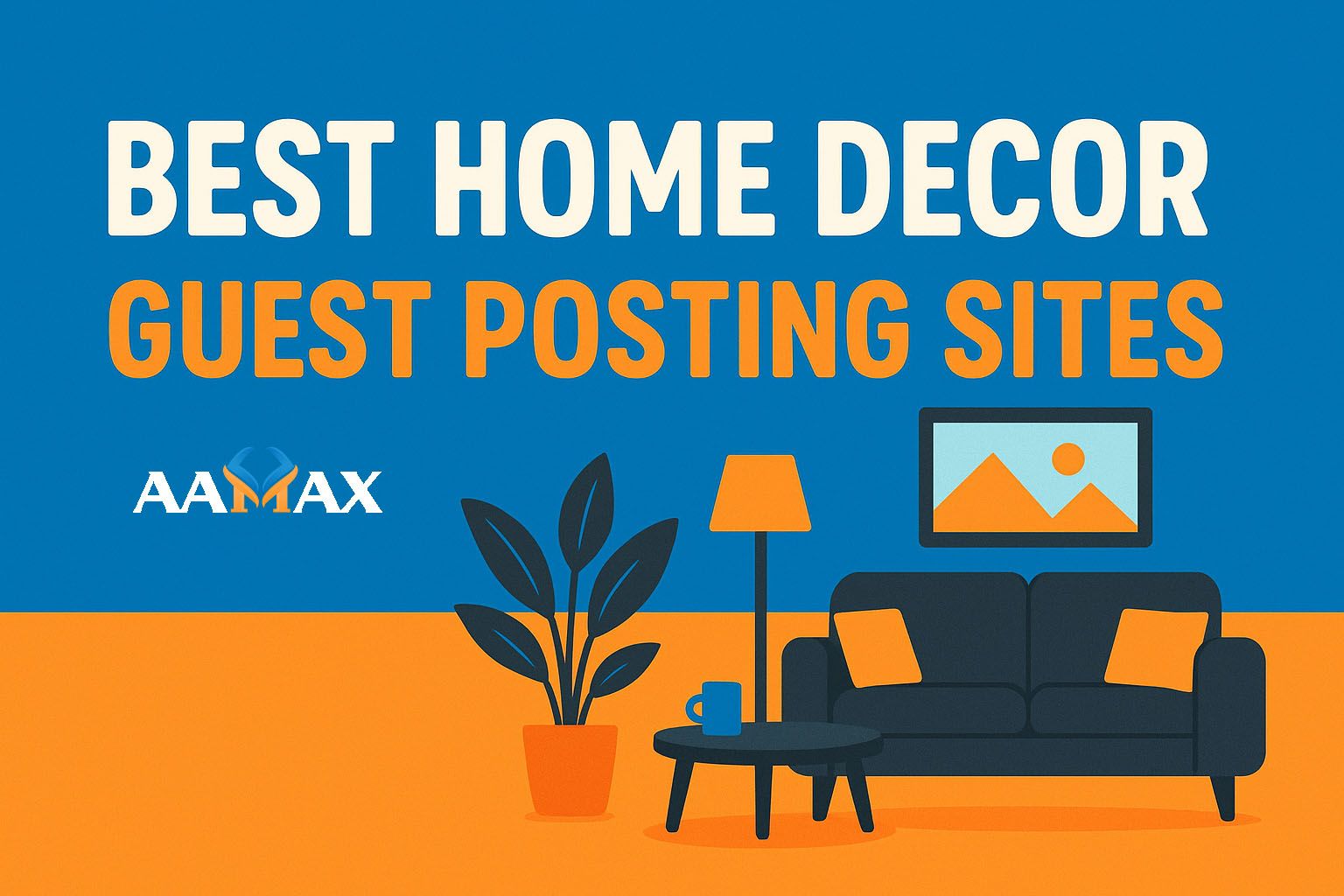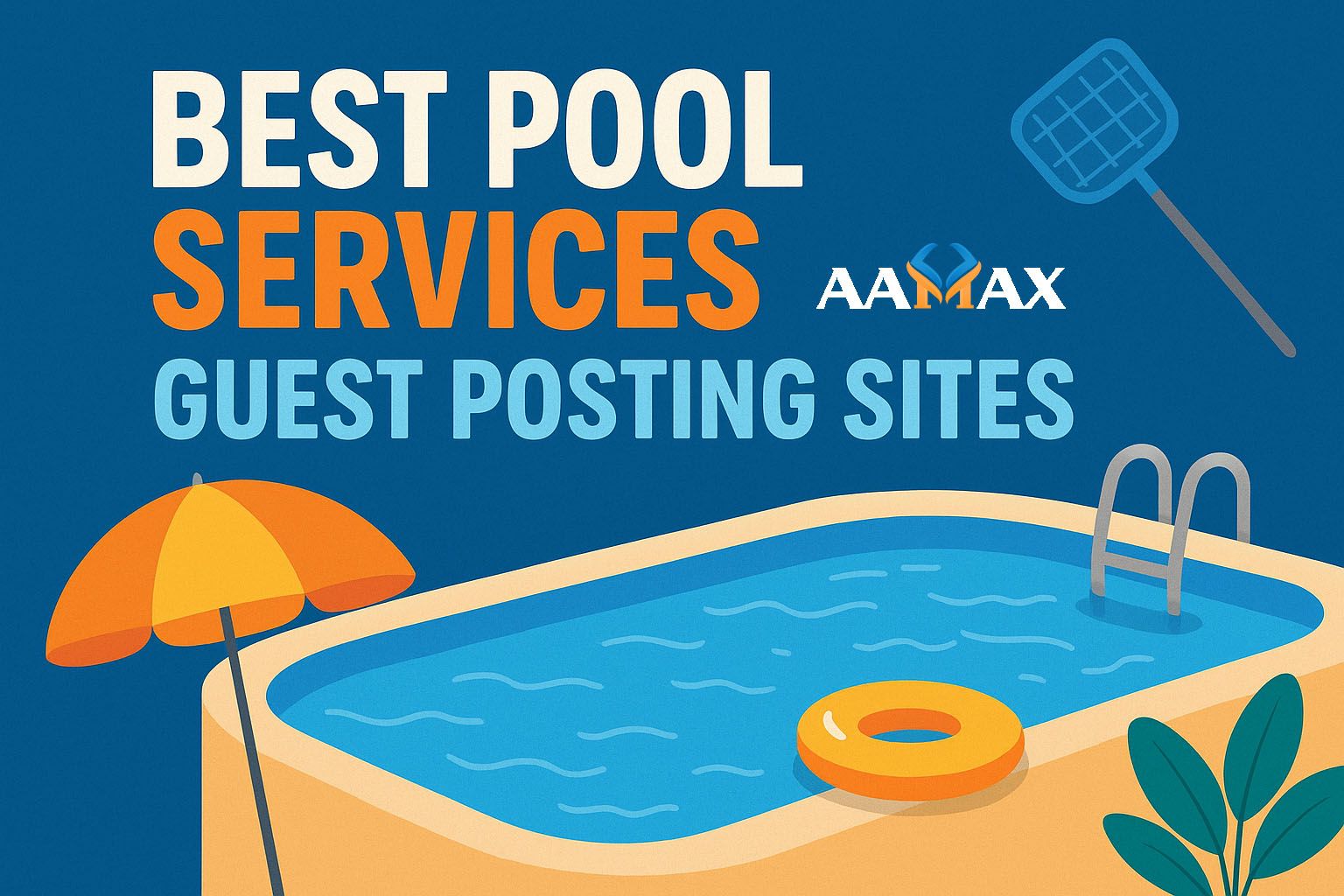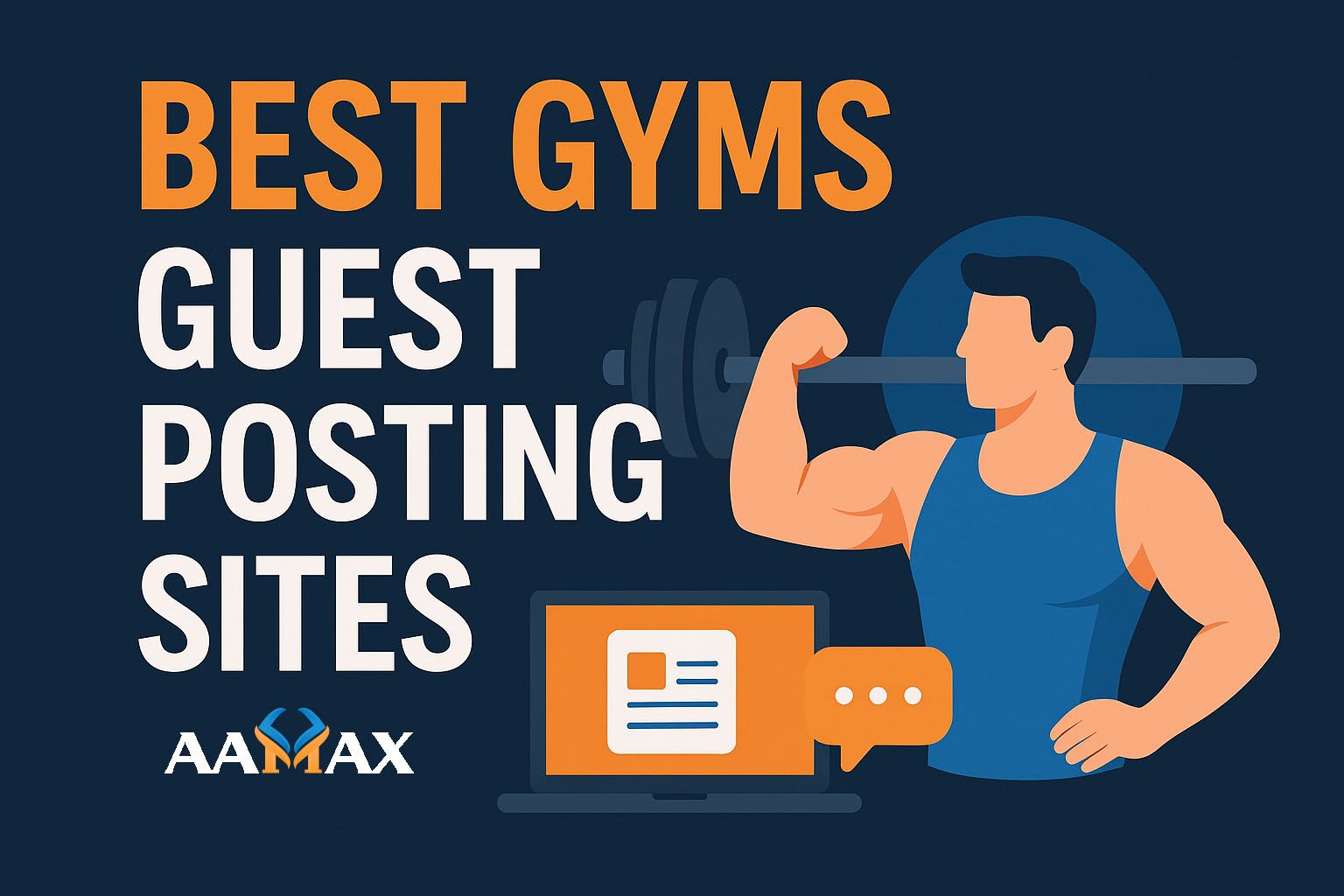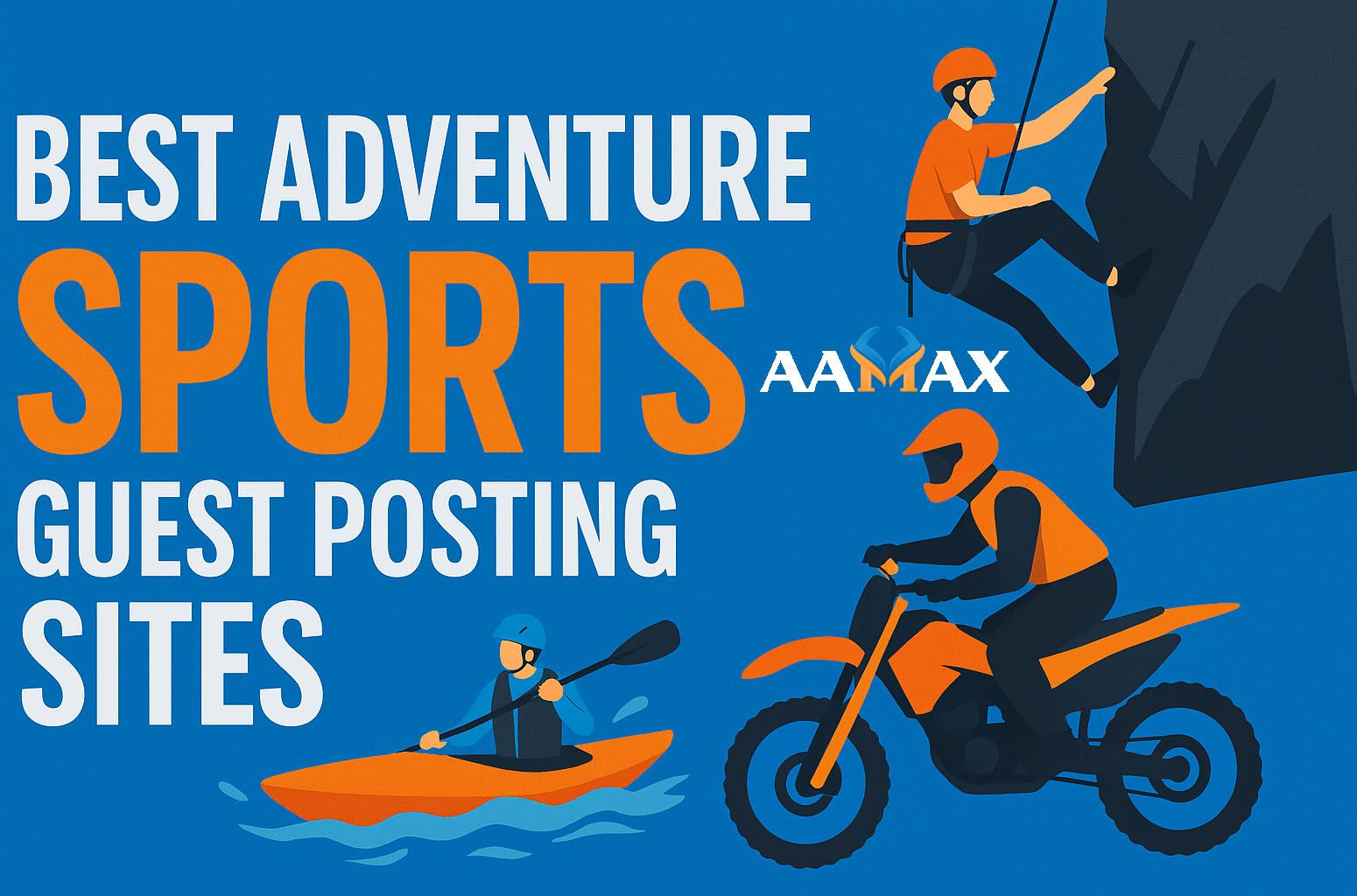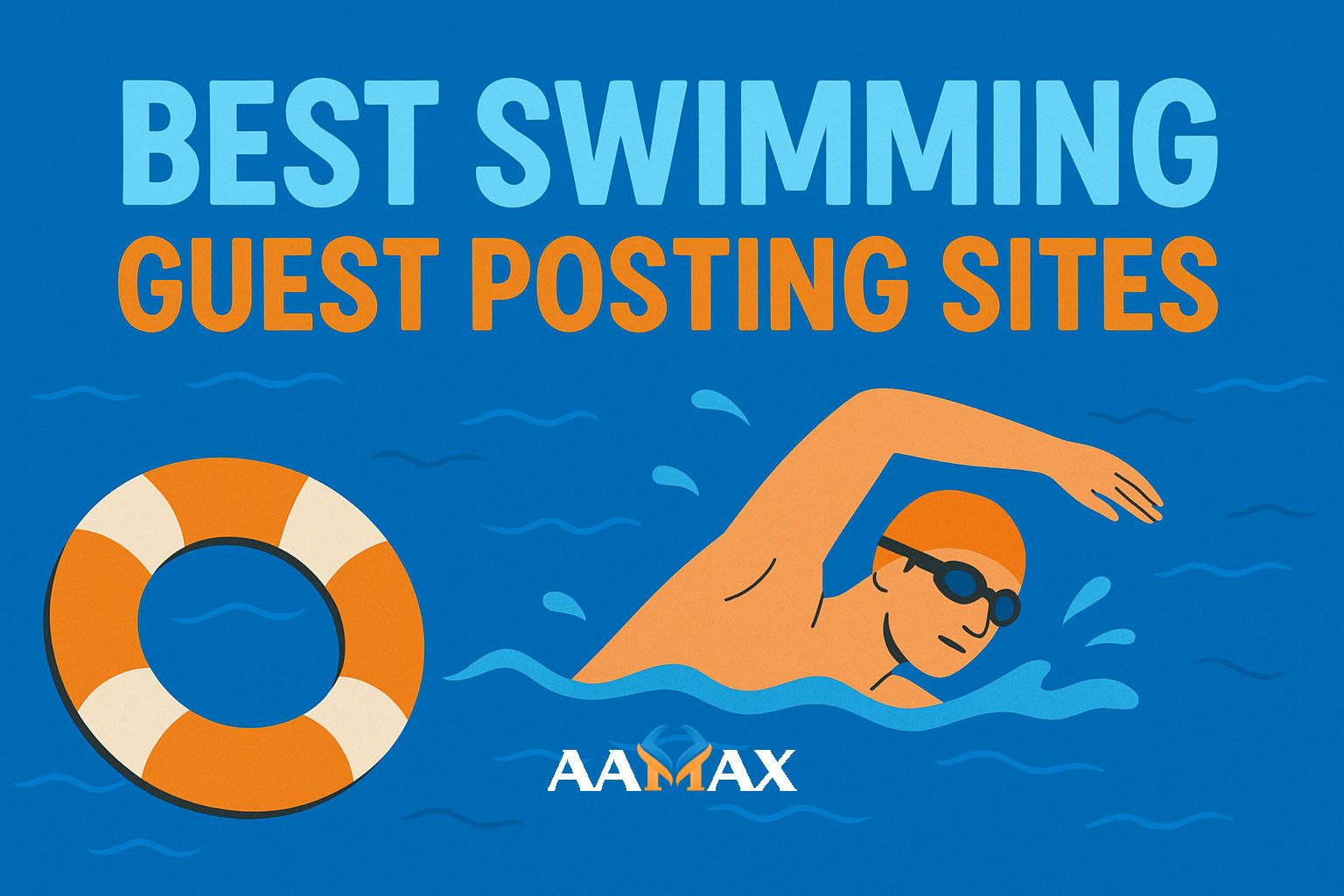
10 Types of Web Design to Consider for Your Website
In today’s digital-first world, your website is often your first impression. The design of your website can influence user engagement, conversions, and even your SEO ranking. Choosing the right web design style is essential to create a site that resonates with your audience and meets your business goals.
Whether you're starting a new website or planning a redesign, here are 10 types of web design you should consider.
1. Static Web Design
Simple and Fast
Static web design is the most basic form of website layout. These websites are built using HTML and CSS and don’t change unless manually edited. They are ideal for small businesses, portfolios, or informational sites that do not require regular updates.
Pros:
- Fast loading times
- Budget-friendly
- Easy to host
Cons:
- No dynamic content
- Limited functionality
- Not suitable for large or complex sites
Perfect For: Personal blogs, digital resumes, or brochure-style company pages.
2. Dynamic Web Design
Content That Adapts
Dynamic web design uses server-side scripting languages such as PHP, JavaScript, or Python to generate pages dynamically. These sites pull data from a database, making it easier to update content without altering the actual code.
Pros:
- Easy content management
- Scalable
- Interactive features supported
Cons:
- Requires regular maintenance
- Can be slower than static sites
Perfect For: News portals, e-commerce platforms, or educational websites.
3. Responsive Web Design
Mobile-First Thinking
Responsive design automatically adjusts the layout based on the user’s screen size and orientation. It provides a seamless experience across desktops, tablets, and smartphones — a must in an era where mobile traffic often exceeds desktop.
Pros:
- Mobile-friendly
- Google-friendly (SEO boost)
- Future-proof
Cons:
- Requires more planning and testing
- Can be complex to implement
Perfect For: Every modern website.
4. Adaptive Web Design
Targeted Design for Specific Devices
Often confused with responsive design, adaptive web design uses different fixed layouts for different screen sizes. The server detects the device type and serves the appropriate layout.
Pros:
- Optimized performance for each device
- Improved loading speeds on mobile
- Custom user experiences
Cons:
- More work to maintain multiple versions
- Less fluid than responsive design
Perfect For: Media-heavy websites or apps with specific mobile and desktop user flows.
5. Single Page Design (SPA)
Seamless User Flow
Single Page Applications (SPAs) offer users a streamlined experience by loading content dynamically without refreshing the page. JavaScript frameworks like React, Vue, and Angular are typically used.
Pros:
- Fast user interaction
- Smooth transitions
- Modern UX
Cons:
- SEO can be challenging
- Browser history complications
Perfect For: SaaS platforms, interactive tools, and landing pages.
6. Parallax Web Design
Add Depth to Your Site
Parallax web design creates an illusion of depth by having the background move at a different speed than the foreground as the user scrolls. It's visually engaging and often used for storytelling or promotional purposes.
Pros:
- Visually captivating
- Enhances storytelling
- Improves engagement
Cons:
- Can slow down site performance
- Not ideal for SEO-heavy sites
Perfect For: Product launches, digital storytelling, and portfolios.
7. Minimalist Web Design
Less is More
Minimalist design emphasizes simplicity, clarity, and usability. It typically uses a lot of white space, simple navigation, and minimal color palettes to focus attention on key content.
Pros:
- Clean and professional look
- Easy to navigate
- Faster load times
Cons:
- Risk of appearing too bare
- Not suitable for content-rich websites
Perfect For: Personal brands, design agencies, or startups aiming for elegance.
8. Corporate Web Design
Professional and Functional
Corporate web design focuses on usability, structure, and branding. It’s used by businesses that need to present their services, history, and credibility in a clear, structured way.
Pros:
- Establishes trust and authority
- Supports multi-page layouts
- SEO-friendly structures
Cons:
- Can appear too formal if not balanced
- Risks looking generic without creative input
Perfect For: Enterprises, law firms, financial institutions, and B2B services.
9. E-commerce Web Design
Built for Sales
E-commerce websites are purpose-built to facilitate online shopping. A good e-commerce design includes product listings, filtering options, shopping carts, and secure checkout processes.
Pros:
- Built for conversions
- Scalable for thousands of products
- Integrates with payment and shipping providers
Cons:
- Requires regular updates and maintenance
- Can be complex and costly to develop
Perfect For: Retailers, dropshipping businesses, and subscription box services.
10. Illustrative and Experimental Design
Creative Freedom
These websites break conventional design rules and often incorporate hand-drawn illustrations, animated elements, or bold typography. They aim to deliver a unique user experience and are usually used by artists or creative studios.
Pros:
- Memorable and distinctive
- Great for brand storytelling
- Appeals to creative audiences
Cons:
- May confuse some users
- Slower load times if not optimized
Perfect For: Artists, musicians, design studios, and personal projects.
How to Choose the Right Web Design for Your Website
Here are some factors to consider when choosing a web design style:
- Target Audience: Know who you're designing for. A corporate site differs greatly from a gaming portal.
- Functionality Needs: Will you need a blog, contact form, e-commerce, or real-time chat?
- Budget: More complex designs like SPAs or e-commerce will require more investment.
- Content Strategy: Do you update frequently? Choose dynamic or CMS-powered sites.
- Brand Identity: Your design should align with your brand voice and values.
If you're feeling overwhelmed by the choices, you're not alone. That’s where working with an expert team becomes crucial.
Why Hire AAMAX for Web Design and Development?
If you're looking for high-quality web design and development, look no further than AAMAX — a full-service digital marketing agency that specializes in:
- Custom Website Design & Development
- SEO Optimization
- Digital Marketing Campaigns
- Web Applications and Portals
- E-commerce Solutions
With AAMAX, you’re not just getting a designer — you’re getting a strategic partner who understands your business goals and creates designs that help you achieve them.
Whether you need a static landing page or a dynamic multi-vendor e-commerce platform, AAMAX delivers high-performance, scalable, and SEO-friendly websites tailored to your needs.
Final Thoughts
Web design is not a one-size-fits-all solution. The right design depends on your objectives, audience, and the kind of experience you want to create. Whether you opt for a minimalist look or a dynamic SPA, make sure it aligns with your brand and supports your goals.
And when you’re ready to take the next step, don’t hesitate to hire AAMAX for professional web design, development, and digital marketing services. Their expertise ensures your website doesn’t just look great — it performs great, too.


